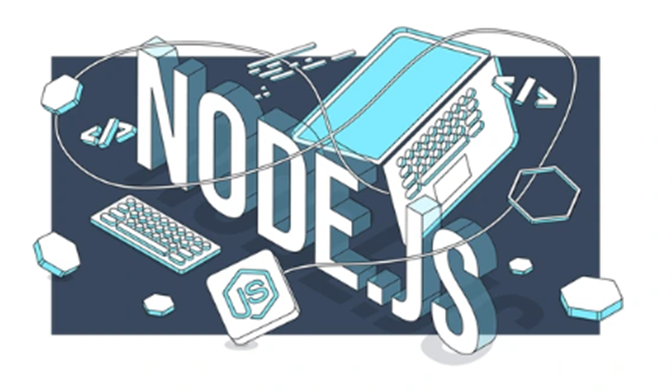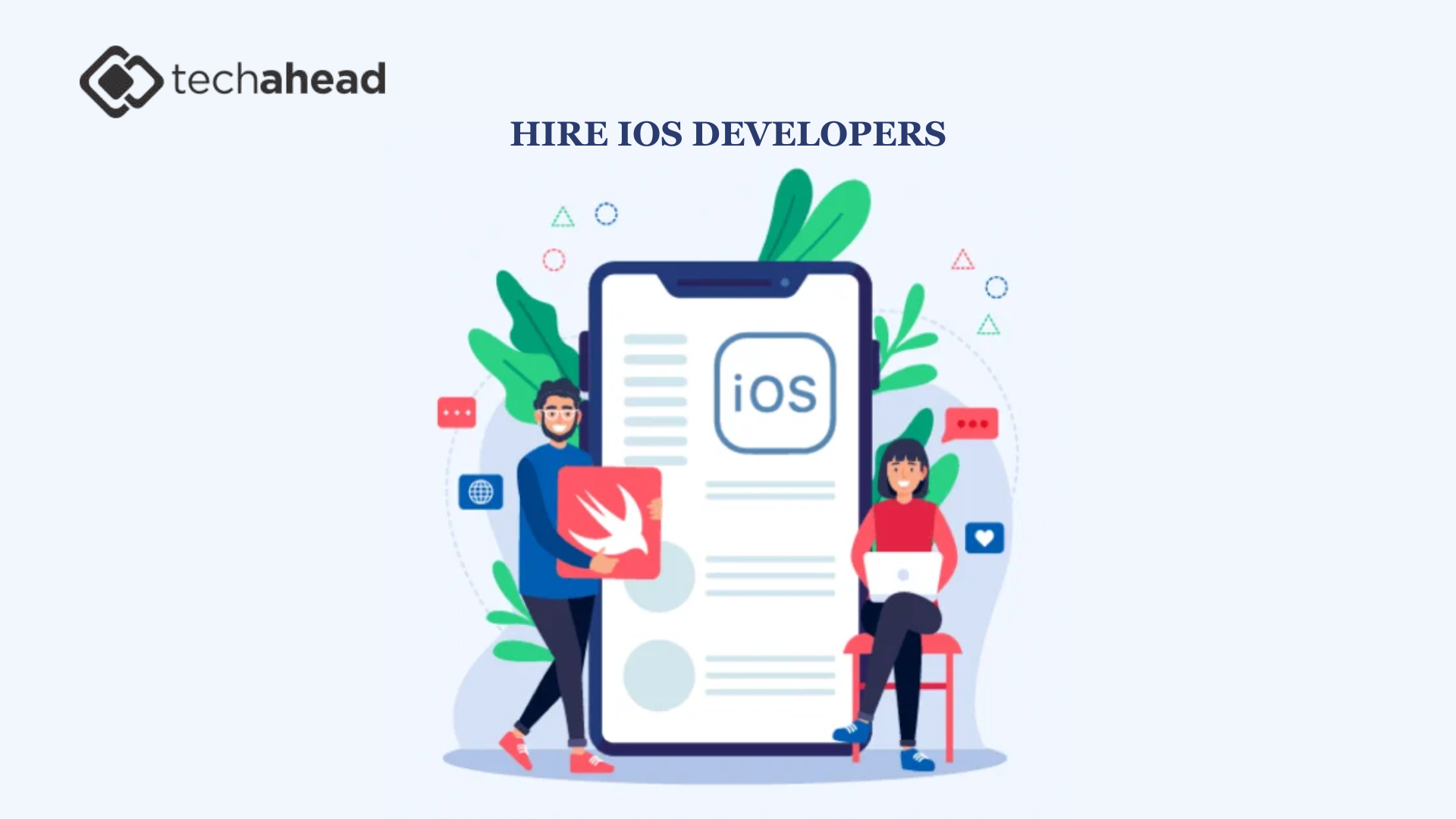Exploring the Power of Node.js: A Comprehensive Overview

Strong 8k brings an ultra-HD IPTV experience to your living room and your pocket.
The way in which developers construct web apps has been revolutionized as a result of the strong and versatile framework known as Node.js. This all-encompassing tutorial will shed light on Node.js and help you realize its full potential, regardless of whether you are an experienced developer or just beginning your journey into the world of programming from scratch.
Through the course of this essay, we will go deeply into the inner workings of Node.js, investigate its benefits, and talk about the best use cases for it. In addition, we will offer important factors that should be kept in mind.
Node.js: What is it?
Developers are able to build code for the server side using JavaScript thanks to Node.js, which is a JavaScript runtime environment. On the front-end and the back-end of their apps, developers can now use JavaScript, which is a single language, as a result of this development. Reusability of code, ease of use, and overall productivity are all significantly improved as a result of this strategy.
Since it is able to efficiently manage a high number of concurrent connections, Node.js has seen a meteoric rise in popularity over the past few years. Because of this, it is an excellent option for developing real-time applications, such as chat applications, tools for collaborative work, and games that encourage several players to participate. Node.js is distinguished by its non-blocking, event-driven design, which is one of its most important characteristics.
Java and PHP are examples of traditional server-side technologies that employ a synchronous approach, in which each request is executed in a sequential manner. Node.js, on the other hand, employs an asynchronous methodology, which equips it with the capability to simultaneously manage many requests. Node.js is able to handle a huge number of concurrent connections without experiencing any slowdown as a result of this because it is highly scalable.
How Does Node.js Operate?
On the server side, JavaScript can be performed with the help of Node.js, which is a runtime environment. Chrome's V8 JavaScript engine, which is used to compile JavaScript into efficient machine code, serves as the foundation for this application. The architecture of Node.js is a single-threaded event-driven architecture. It makes use of an event loop to perform several concurrent tasks without stopping a single thread. A request is added to an event queue for a Node.js server whenever a client delivers a request to the server. Continuously checking this queue and processing each request is what the event loop does.
When an I/O action is involved in a request, Node.js will offload it to the system kernel, which will then handle it in an asynchronous manner. The kernel will notify Node.js and then execute the callback function that corresponds to the I/O operation once it has finished. It is great for developing scalable, high-performance network applications since Node.js is able to handle a large number of simultaneous connections in an effective manner thanks to its non-blocking I/O and event-driven approach.
Characteristics of Node.js-
• Architecture that only uses a single thread
The use of event looping allows Node.js to adhere to a single threaded architecture, which enhances the scalability of the Node.js framework. They produce a limited number of threads for the purpose of processing requests, in contrast to other servers. The event-driven approach, on the other hand, allows the NodeJS servers to respond in a manner that is either non-blocking or asynchronous.
As a result, NodeJS benefits from increased scalability. It is possible to assert that Node.js is capable of managing a greater number of requests when compared to other traditional servers such as Apache HTTP servers. The fact that Node.js is based on a single-threaded application makes it possible for it to handle a large number of requests from users.
• Unpredictable and triggered by external events
Servers that are built with Node.js never wait for the API to be provided by the application. Rather of waiting for the data to be received from the API, it immediately moves on to the subsequent API. Node.js's application programming interfaces (APIs) are all completely non-blocking in their nature.
Through the utilization of an event-driven mechanism, it is able to receive and keep track of all of the responses to the API queries that came before it. On the basis of this, we are able to assert that the Node.js APIs are all non-blocking in their nature.
• Scalable and performance
The Node.js programming language is well-known for its scalability and performance, and it was developed to manage large levels of concurrency. Because of the event-driven and non-blocking architecture, Node.js applications are able to make effective use of system resources, which enables them to maintain a high level of responsiveness even when subjected to severe loads.
Furthermore, Node.js is constructed on the V8 engine, which is responsible for the compilation of JavaScript into machine code. This results in faster execution speeds when compared to languages that are interpreted to code.
Because of its scalability, performance, and effective utilization of resources, Node.js is an excellent option for the development of applications that require the ability to manage a large number of concurrent connections. Some examples of such applications include real-time analytics, microservices, and websites that receive a lot of traffic.
• Streaming of Data Quickly
A significant amount of time is required for the processing of the data that has been sent to various streams. The processing of the data, on the other hand, is accomplished by Node.js in a very short amount of time and at a very rapid pace. All of the files are processed and uploaded simultaneously by Node.js, which results in a significant amount of time being saved. As a consequence of this, the overall speed of data and video streaming is achieved through the use of Node.js.
• Support for Multiple Operating Systems and Platforms
There are a variety of operating systems that are compatible with Node.js, including Windows, UNIX, LINUX, MacOS, and other mobile devices. It is possible to combine it with any package that is suitable for the purpose of producing an execution that is self-sufficient.
• A Rapid Time to Execution for Written Code
Node.js makes use of the V8 JavaScript runtime motor, and Google Chrome likewise makes use of this type of application. There is a wrapper that is provided by the hub for the JavaScript, and as a result, the runtime motor becomes faster. Additionally, as a result of this, the preposition process of the requests within Node.js also becomes faster.
• Implements JavaScript
The computer language JavaScript, which is already widely used for client-side programming, may be used by developers to construct server-side applications with the help of Node.js. When it comes to working on the server-side, this eliminates the need for developers to teach themselves a new language or switch between multiple programming paradigms.
By facilitating the usage of JavaScript on both the front-end and the back-end of an application, developers are able to streamline the development process, encourage code reuse, and make it simpler for them to construct full-stack apps.
Examples of Use Cases for Node.js-
• Command Line Tools
When it comes to the construction of scripts and tools for the command line, Node.js is also a popular option. It is simple to create command line interfaces (CLIs) for a variety of applications because to its extensive ecosystem of packages and the ease with which the JavaScript programming language can be learnt.
Node.js offers a framework that is both hassle-free and effective for the development of command line tools that are compatible with a variety of operating systems. These tools can be used to automate tedious operations, generate reports, or communicate with APIs.
• Websites and Applications
Web applications that demand high concurrency and real-time communication are ideal candidates for development using Node.js. This platform is an ideal option for developing chat apps, collaborative tools, and social networking platforms because to its event-driven architecture and non-blocking input/output approach.
It is also possible for developers to construct full-stack JavaScript apps by integrating Node.js with frontend frameworks like as React, Angular, and Vue.js in a smooth manner.
• APIs and Microservices are acronyms
The lightweight and modular nature of Node.js has made it a popular choice for the development of application programming interfaces (APIs) and microservices. Because of its capacity to manage a large number of concurrent connections and its support for asynchronous programming, it is an excellent choice for the development of flexible and responsive application programming interfaces (APIs).
RESTful application programming interfaces (APIs) can be swiftly constructed by developers with the assistance of frameworks such as Express.js. These APIs can be simply accessed by front-end apps or by third-party services.
Conclusion-
The server-side application development platform known as Node.js has grown as a highly effective and powerful runtime environment. The asynchronous and non-blocking I/O architecture that it offers, in conjunction with the widespread use of JavaScript and the huge ecosystem of packages that are made available by NPM, makes it an appealing option for programmers.
The development of online applications, application programming interfaces (APIs), microservices, and command line tools are all areas in which Node.js excels due to its capacity to manage high levels of concurrency, scalability, and performance. It is becoming increasingly important for developers to have Node.js as a tool in their toolbox in order to construct apps that are both scalable and robust as its popularity continues to extend.
Note: IndiBlogHub features both user-submitted and editorial content. We do not verify third-party contributions. Read our Disclaimer and Privacy Policyfor details.







